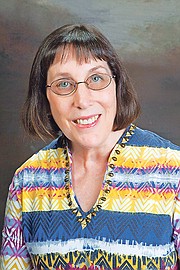By Susan Donald, DC
In the case of low back problems doctors often confine a spinal examination to the area of complaint and direct correction to the localised problem. In many cases this produces satisfactory results. Sometimes, however, the improvement may not last; the reason is that the spine’s foundation was not examined
The spine sits on a foundation formed by the pelvis and legs. This foundation must be balanced and working normally or it will create strain throughout your spine. If the cause of your spinal pain is an imbalance in the foundation, the spinal pain will return until the foundation is balanced.
An example of this principle is a house sitting on a crooked, shifting foundation. As the foundation shifts, the walls of the house distort, the plaster cracks, the doors don’t fit. A carpenter can come in and patch the cracks in the wall and trim the doors and everything looks and functions well. But only temporarily. If the foundation is not corrected, it won’t be long before the walls again crack and the doors don’t fit.
The same example applies with the spine. The pelvis which is the spines foundation is made up of three bones, the two larger bones the form the hips, and the triangular shaped bone joining them is called the sacrum. This structural circle is called the pelvic girdle. When a torsion or misalignment occurs in the structural foundation, it causes strain throughout the body especially above the pelvic girdle. In addition to spinal involvement an adaptive torsion of the shoulder girdle may take place that can cause shoulder, arm and hand symptoms. Here again we find the integration within the body: the shoulder problem will not respond adequately until the pelvic torsion or misalignments are corrected.
As a chiropractor I check the foundation is every case I get. The whole spine is examined not just a part. This is the reason chiropractic is so successful at relieving so many peoples pain when nothing else has.
• Dr Susan Donald can be reached at Life Chiropractic Centre, 393-2774





Comments
Use the comment form below to begin a discussion about this content.
Sign in to comment
Or login with:
OpenID